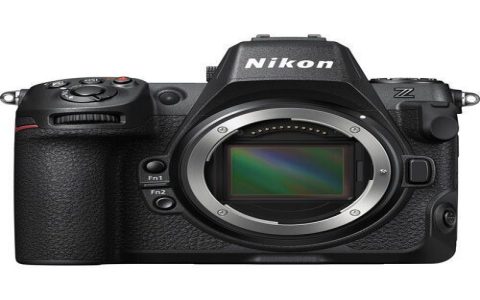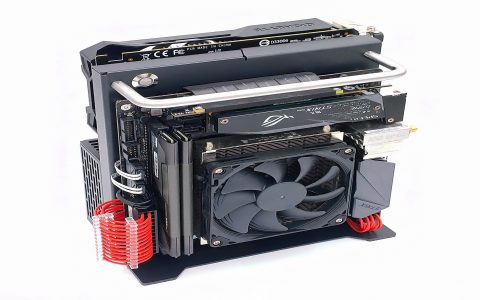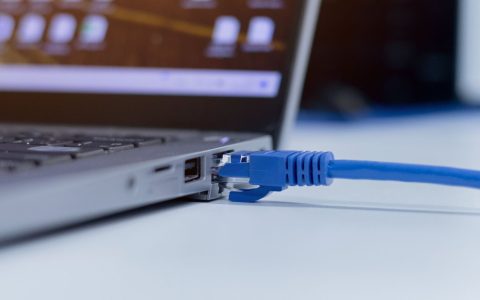Core Technology & Design
DSLR: Uses a reflex mirror mechanism. Light enters via the lens, reflects off a mirror up into an optical viewfinder (OVF). When taking a picture, the mirror flips up, exposing the sensor.
Mirrorless: Eliminates the mirror box. Light hits the sensor directly. Image data feeds to an electronic viewfinder (EVF) or the rear LCD. Sensor exposure is continuous.
Size & Weight
Mirrorless Advantage: Removing the mirror and prism assembly significantly reduces camera body size and weight compared to equivalent DSLRs. This is a primary advantage for travel and handheld shooting.
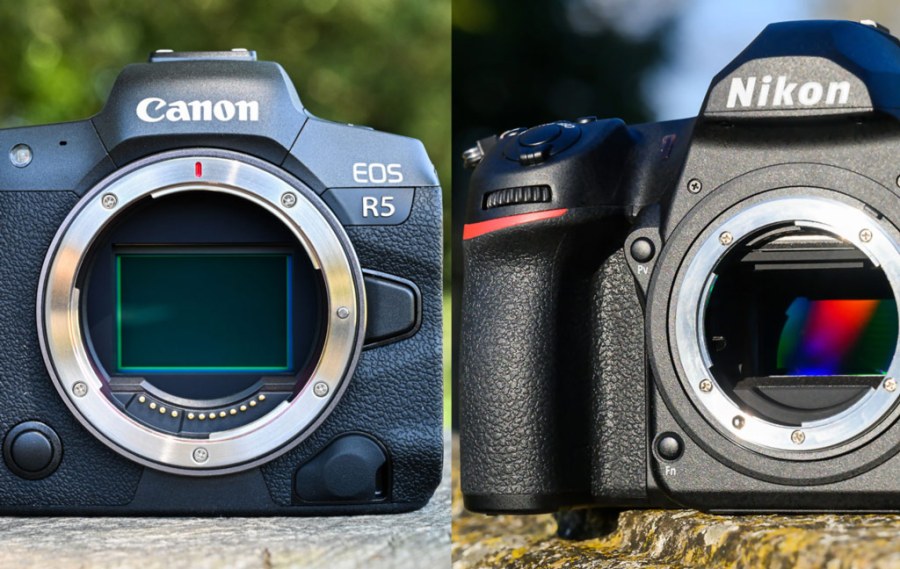
DSLR Consideration: Larger grips often provide better ergonomics, especially with heavy telephoto lenses. The familiar shape suits some users.
Viewfinders: OVF vs EVF
DSLR (OVF): Shows the actual optical scene. Zero lag, true color/light representation. Does not preview exposure or white balance effects. Displays only basic data overlays.
Mirrorless (EVF): Displays a real-time digital feed from the sensor. Shows exposure preview, white balance, depth-of-field effects, and extensive overlays/histograms. Early models suffered from lag/resolution issues; modern high-end EVFs are excellent, though some still prefer OVF purity.
Autofocus Performance
Phase Detect AF (Traditional DSLR Strength): DSLRs typically have dedicated phase-detect AF sensors using the mirror. Very fast, especially for moving subjects using optical viewfinder (fast predictive tracking).
Mirrorless Evolution: Modern mirrorless cameras use on-sensor phase-detect and contrast-detect AF. Key advantages:
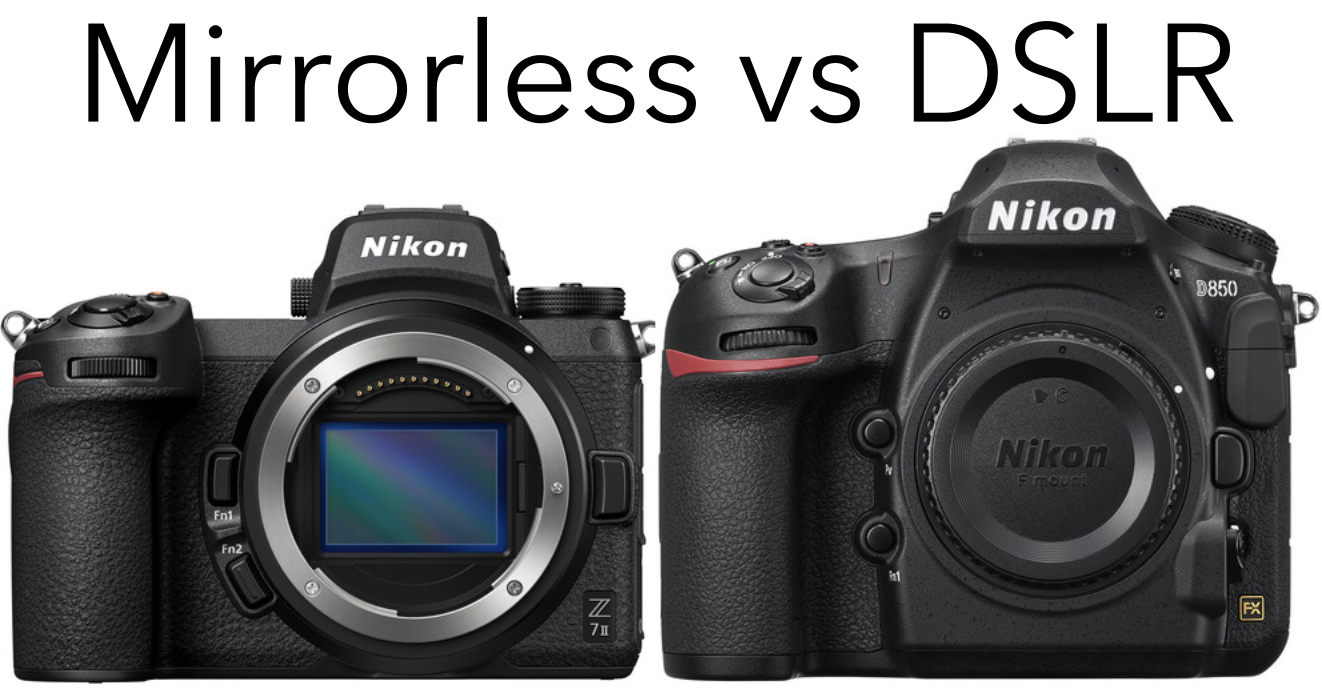
- Autofocus coverage across nearly the entire frame.
- Superior performance for video AF (smooth, continuous).
- Excellent eye/face/animal/subject tracking accuracy for both stills and video.
Top-tier mirrorless AF now matches or surpasses DSLR AF, especially in live view/video and tracking complex subjects. DSLRs still hold an edge in some demanding action scenarios using OVF.
Video Capabilities
Mirrorless Dominance: Designed for electronic viewing, mirrorless cameras lead in video features:
- Superior on-sensor AF for video (smooth, continuous tracking).
- Often include higher resolutions (4K/6K/8K), frame rates, and advanced codecs.
- Shorter flange distance allows adapting a wider range of lenses for video.
- Electronic stabilization combined with lens IS.
DSLR: Video was often an afterthought. Mirror-induced limitations mean poorer AF (usually contrast-detect only requiring screen use), potential vibration/moire.
Battery Life
DSLR Advantage: Powering an optical viewfinder requires minimal energy. Modern DSLRs offer significantly higher shots-per-charge ratings when using the OVF.
Mirrorless Drawback: Constantly powering the sensor, processor, and EVF/screen drastically drains batteries faster, though improvements are ongoing.
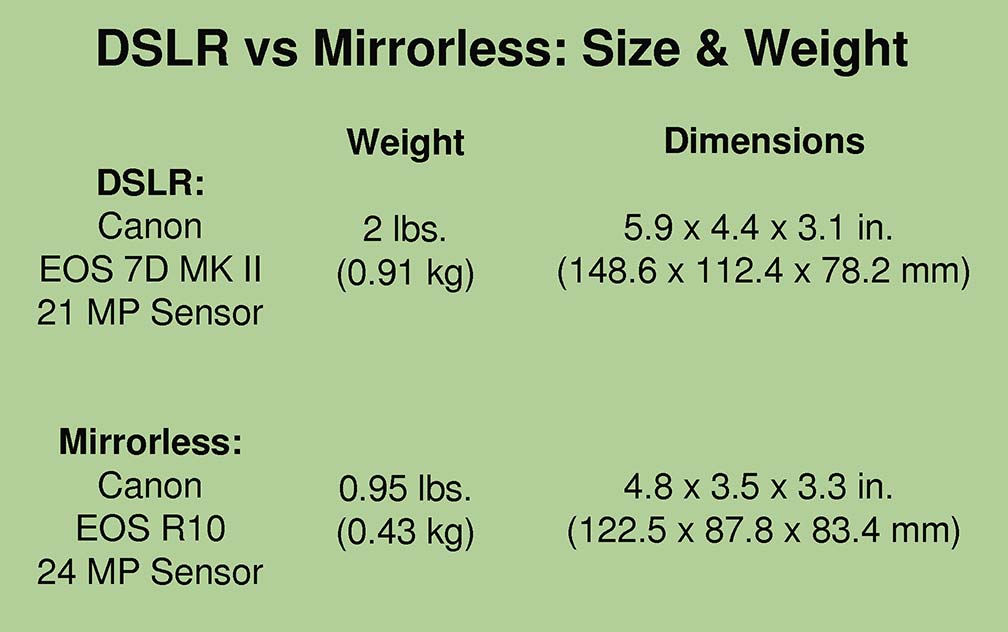
The Future & Ecosystem
Mirrorless Momentum: Major manufacturers heavily prioritize mirrorless development, investing in new lens mounts and technology. Innovation largely resides here.
DSLR Status: Development has slowed significantly. Models remain available and supported, offering mature lens ecosystems and value, particularly used.
Key Takeaways
- Choose Mirrorless If: Size/weight is critical, you prioritize video, prefer exposure preview/WYSIWYG, need cutting-edge AF tracking (especially eye-AF), demand high-resolution EVFs, or want access to the latest lenses/tech.
- Consider DSLR If: You prefer the optical viewfinder experience, need exceptional OVF-based tracking (e.g., fast erratic action), prioritize maximum battery life in a single charge, or seek value in mature used markets/lens ecosystems.
There's no single "winner." Mirrorless represents the present and future, offering compelling advantages in technology and features for most users. However, DSLRs still hold specific appeal based on viewfinder preference and established workflows.

